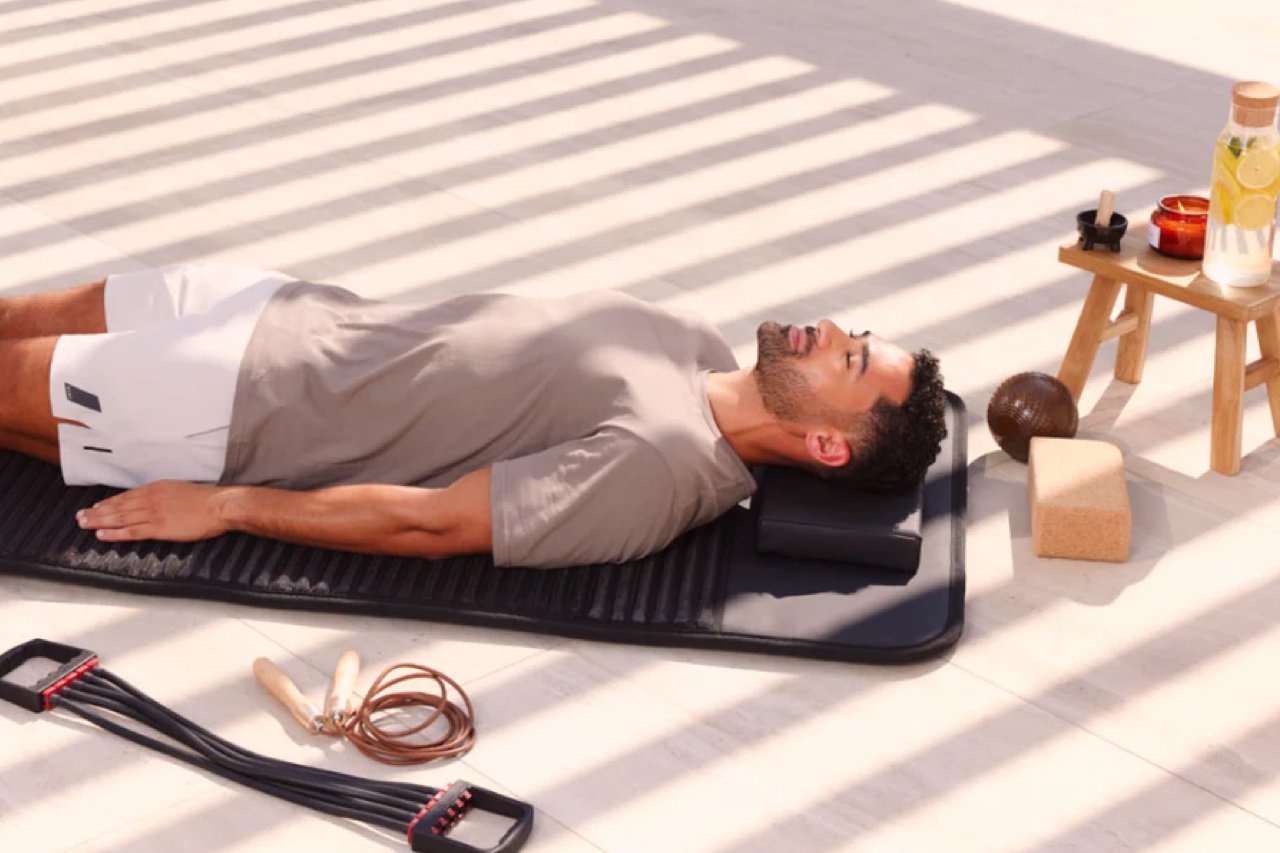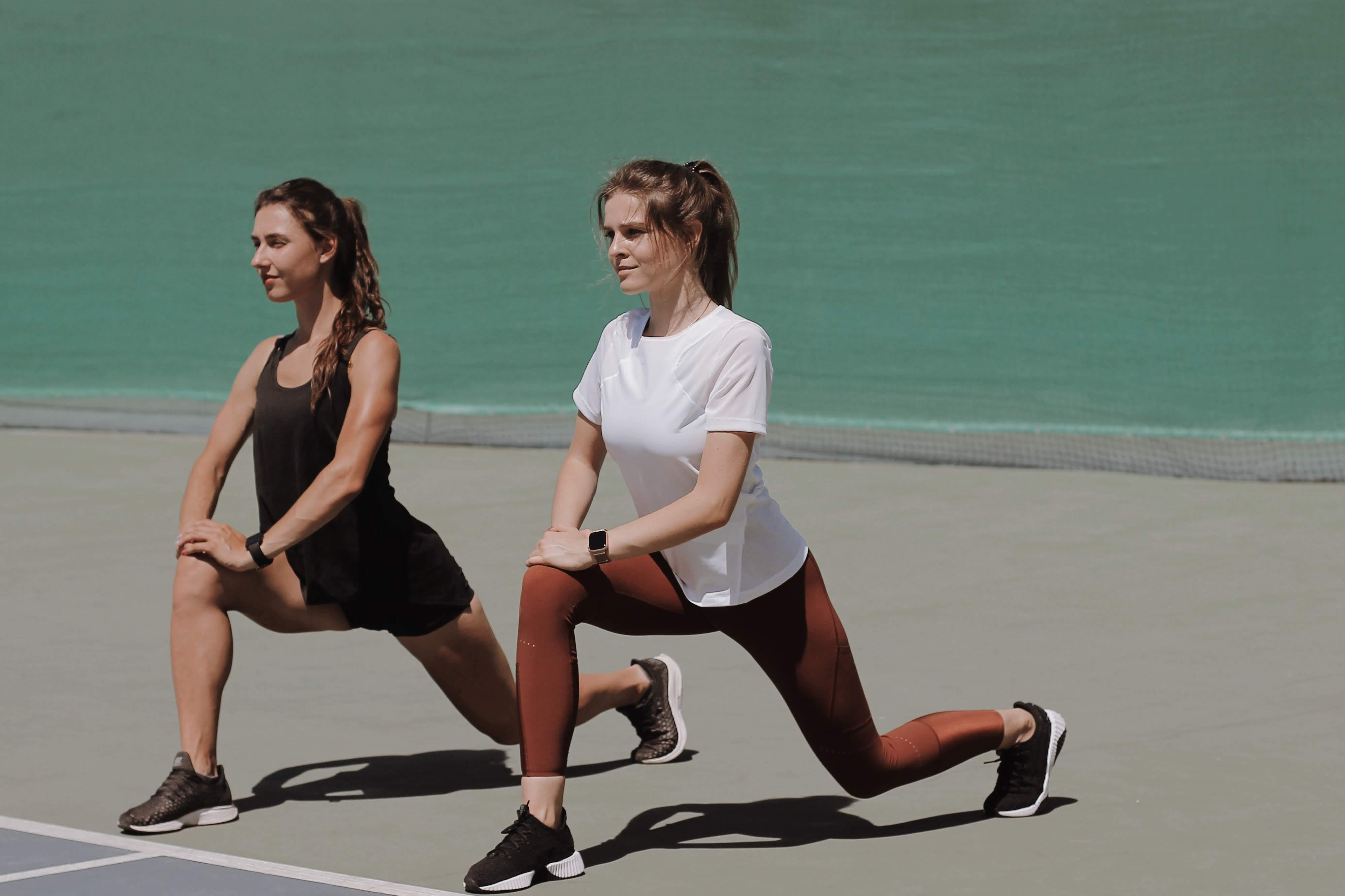- HOME
- Infrared Sauna Benefits
- Sauna - Before or After Workout
Exercise & Sauna Timing: Evidence-Based Protocol Guide
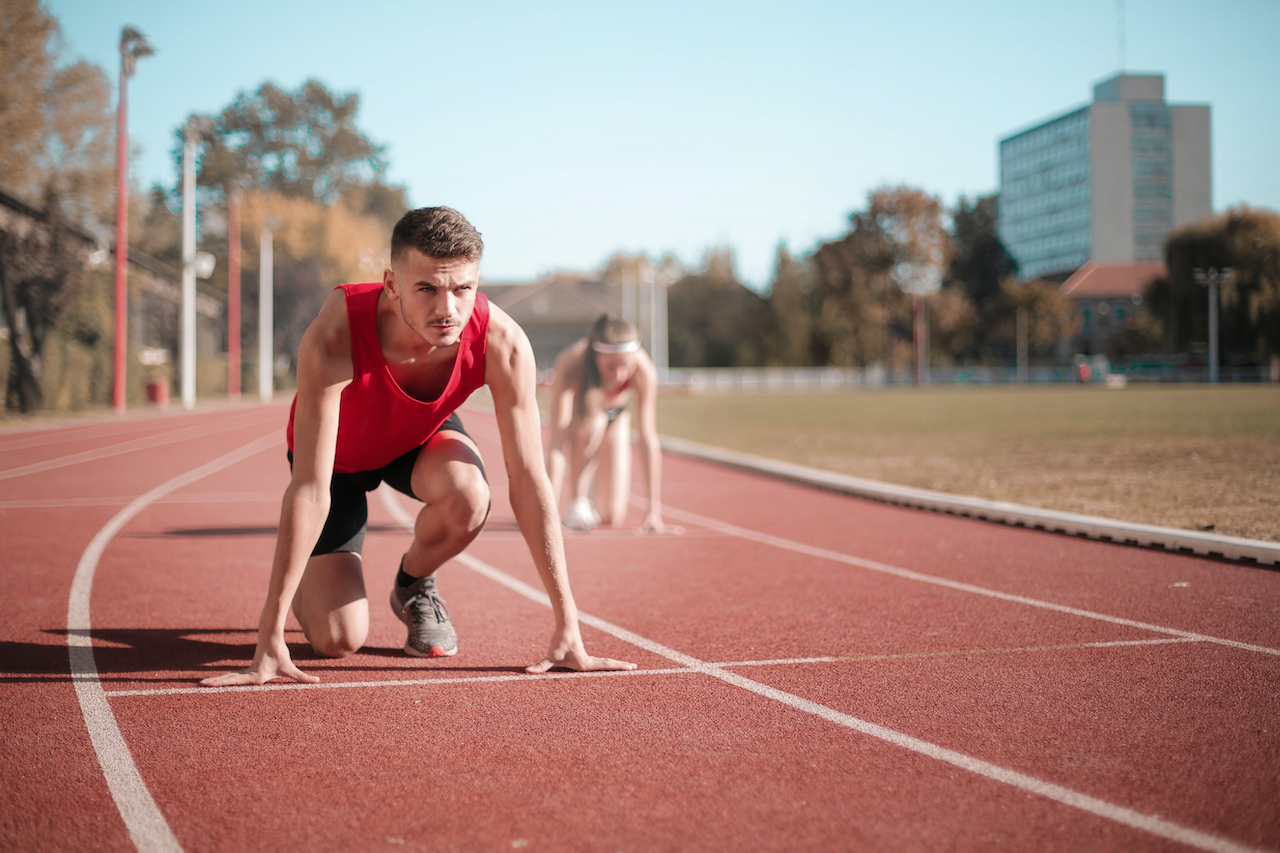
'Should I plan time in the sauna before or after workout?' is a question often asked. How do you schedule your workout to benefit the most from the infrared heat? Do you exercise before or after sauna?
Post-Workout Recovery with an Infrared Sauna Session
Intensive fitness training, running, or sports activities push your muscles to their limits, demanding effective recovery. This is where your infrared sauna can be a game-changer. Athletes and fitness enthusiasts are increasingly using infrared saunas for their beneficial role in muscle recovery.
Infrared rays actively penetrate your muscles with deep, soothing heat. Right off the bat, this improves circulation. This targeted boost delivers more essential nutrients and oxygen directly to your fatigued muscles faster. Which facilitates a more efficient recovery.
The better blood flow alleviates muscle soreness and stiffness as well, as it actively expels lactic acid and other metabolic waste.
An infrared sauna session does more than just speed up your recovery; it substantially reduces the pain and discomfort that might follow intense physical training.
It's not just your body that reaps the benefits: The calming environment of an infrared sauna forms a serene retreat to relax both your mind and body. The profound impact of infrared induced heat on muscle recovery, particularly in easing post-workout soreness, establishes its potentially beneficial role in any recovery method.
For a detailed understanding of post-workout recovery in a sauna, consider reading the article 'What Are The Benefits
Of Sauna After Workout?'
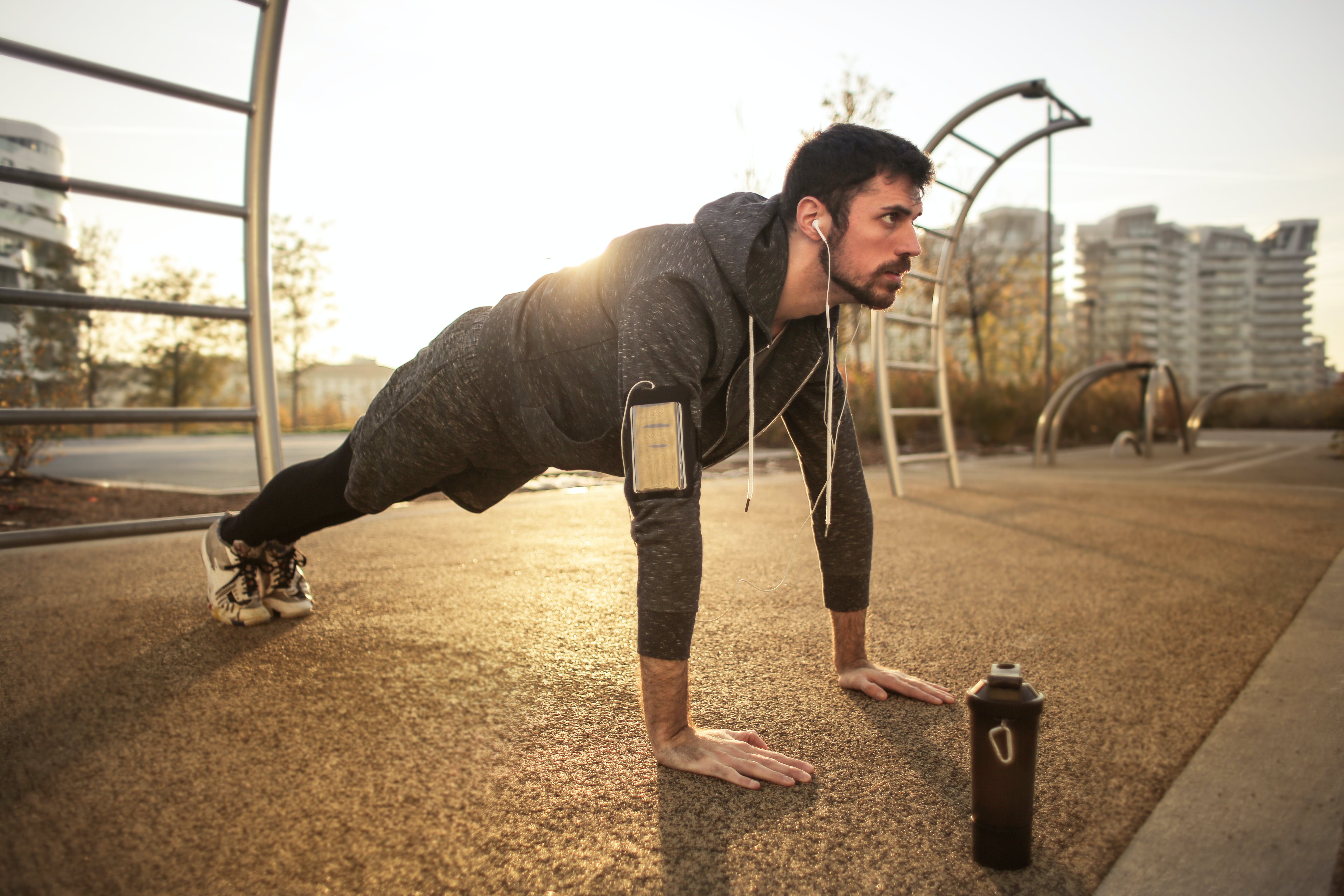
Infrared Sauna Workouts
Infrared sauna workouts are also an innovative choice if you want to further elevate your fitness and wellness routines. This emerging trend merges exercise intensity with the distinct advantages of infrared heat - a challenging and rewarding fitness experience.
Infrared saunas, available in gyms or for home use, boost flexibility and ease muscle tension. This setting suits a range of exercises, from the various styles of yoga and the gentle flow of Tai Chi to the intensity of HIIT and resistance training.
When you perform these workouts within the sauna, you amp up even moderate exercises. This makes each session more effective. For cardio enthusiasts, adding an exercise bike or treadmill to the sauna session introduces an extra layer of challenge. The heat intensifies the workout, increasing calorie burn and delivering a thorough lower body workout.
However, a sauna workout is not suitable for everyone. The dual demand of heat and exercise on the body necessitates shorter sessions, generally between 15 to 30 minutes, to avert overheating and fatigue.
Read 'Infrared Sauna Workouts' for more insights on how to enhance your fitness regime with infrared heat.
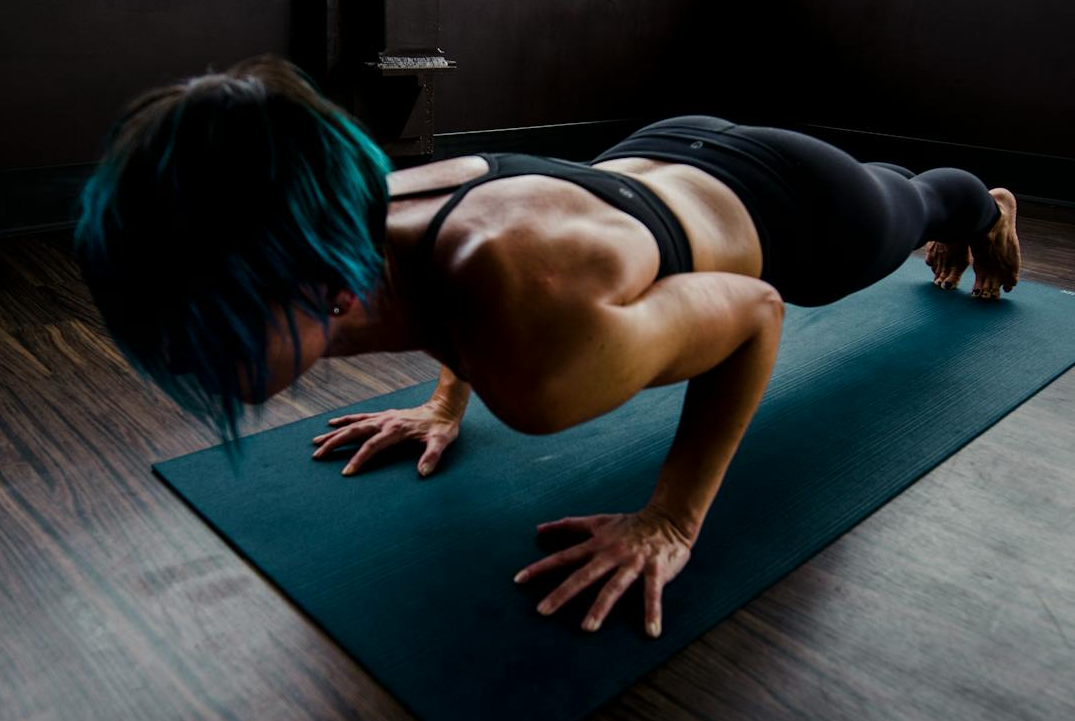
Exercise After Sauna - Benefits of Working Out After an infrared Sauna Session
Workouts after an infrared sauna session produce several advantages. Working out after an infrared sauna session allows you to leverage the increased flexibility and muscle relaxation that the heat provides.
It's advisable not to engage in strenuous activities immediately after a sauna session. The body needs time to adjust and recover from the heat exposure, so lighter, more relaxing exercises are recommended.
For fitness enthusiasts and athletes, while intense fitness routines are often the go-to, it's worth exploring more comfortable and relaxing types of exercise, particularly when it comes to routines before, during, and after infrared sauna.
Post-infrared sauna practice sessions provide unique perks for those seeking a gentler, more therapeutic form of exercise. The sauna's heat relaxes muscles and improves circulation, setting the stage for activities that emphasize flexibility, mental as well as physical relaxation, and gentle muscle engagement.
We've listed some post-sauna exercises that are even more doable due to the warmth and flexibility of the muscles, leading to improved flexibility and a wider range of motion:
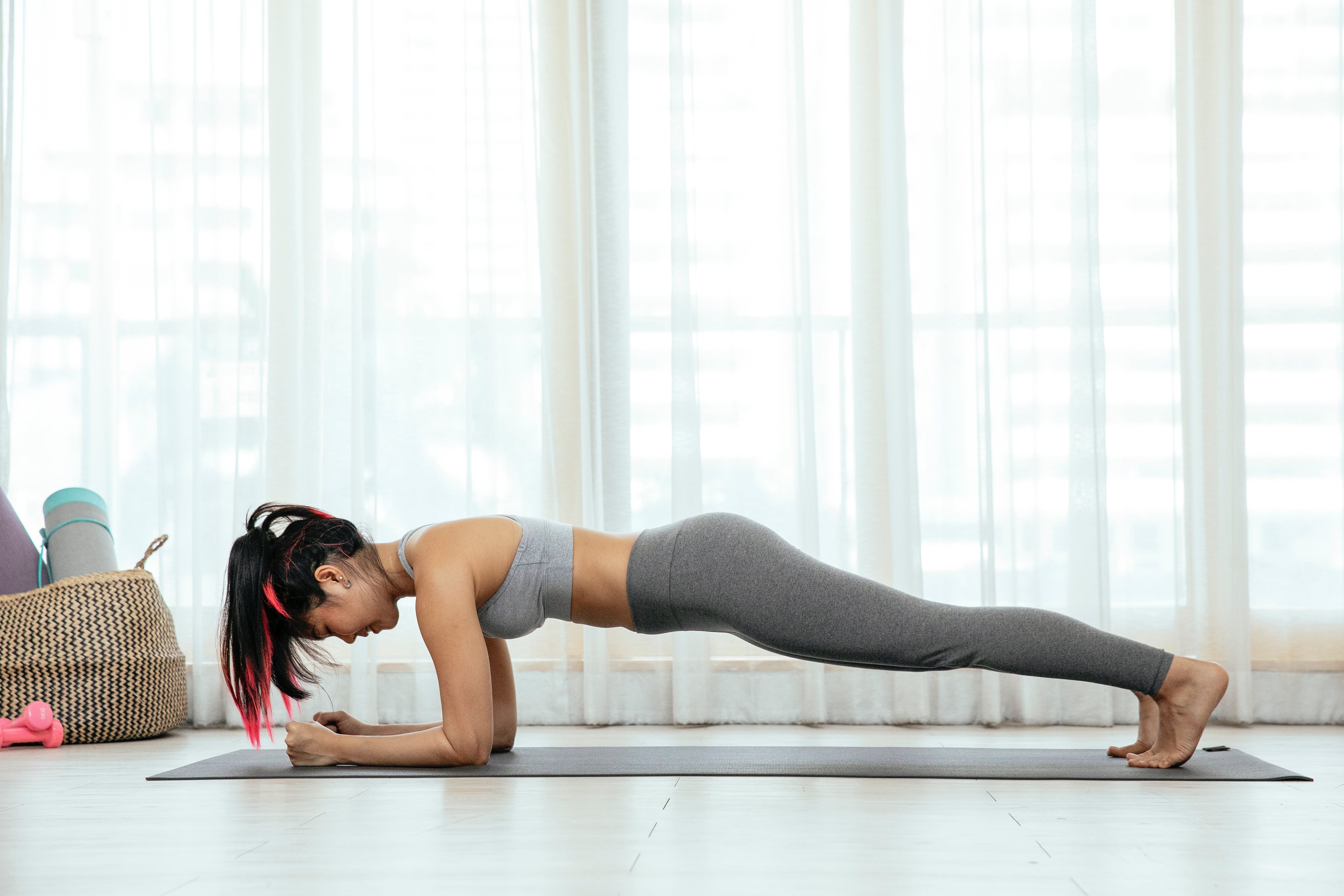
Mindful Breathing or Meditation
Focus on breathing exercises or do a short meditation session [1]. These practices help to reduce stress levels and to calm the mind.
Stretching
Immediately following your sauna session, engage in gentle stretches. Focus on major muscle groups like the hamstrings, quadriceps, shoulders, and back. For example, try a hamstring stretch by sitting on the floor, extending your legs, and gently reaching towards your toes. This helps release muscle tension and improves flexibility.
yoga
Yoga combines physical postures, breathing exercises, and meditation. After the sauna, try easy yoga poses such as the child's pose, downward-facing dog, or cat-cow stretch. These poses promote relaxation and flexibility, especially when your muscles are already warm from the sauna.
Tai Chi
This low-impact exercise, known for its slow and graceful movements, is perfect after a sauna session. It enhances balance and flexibility while promoting mental tranquility. The warm muscles post-sauna make Tai Chi movements smoother and more beneficial.
Isometric Exercises
Incorporate isometric exercises to strengthen muscles without movement. Hold a squat or a plank position; it's effective post-sauna when your muscles are more pliable. Isometric exercises enhance strength and stability, complementing the flexibility exercises.
Walking
An unhurried walk in nature can both refresh and invigorate after a sauna [2]. It’s a light form of exercise that helps your body to cool down gradually while maintaining the increased blood flow from the sauna.

what's the best - Before or After?
In short, there is no ideal time for a workout in conjunction with infrared sauna use. It's not about pinpointing the 'best' time but more about understanding the advantages of both options, and how they align with your personal fitness goals and preferences.
Workout Before
The sauna session might be more suitable if your goal is to support muscle recovery after an intensive workout or training and enjoy a more relaxing sauna experience.
Workout during
Infrared Sauna Session is great if you want to intensify their workout. This option is ideal for those who want to combine the therapeutic effects of heat with their fitness routine.
Workout after
Post-sauna workouts generally involve lighter, more relaxing activities. This is a great choice should you wish to capitalize on the increased flexibility and loosened-up muscles post-sauna, without the intensity of a full workout.

Each option provides specific outcomes and can be personalized to your fitness goals. It's important to consider factors like your body's response to heat, your overall fitness level, and your personal preferences when you choose an approach.
The key is to listen to your body and select the method that feels right for you, to ensure a safe and enjoyable infrared sauna experience.
No matter what moment you’ll choose: Drinking before, during and after an infrared session, especially in combination with workouts is crucial. Intense sweating during workout and in the sauna can cause dehydration, making it essential to replenish lost fluids and electrolytes. Here you’ll find some great refreshing recipes.

Sam Everhart
Eager for more insights? Follow these links to learn more, and discover more tips, reviews, and insights on sauna blankets, PEMF mats, and wellness tech at saunace.com.
References
1. Paige Fowler, Breathing Techniques for Stress Relief, WebMD, https://www.webmd.com/balance/stress-management/stress-relief-breathing-techniques
2. Harvard Medical School, 5 surprising benefits of walking, Harvard Health Publishing, https://www.health.harvard.edu/staying-healthy/5-surprising-benefits-of-walking

